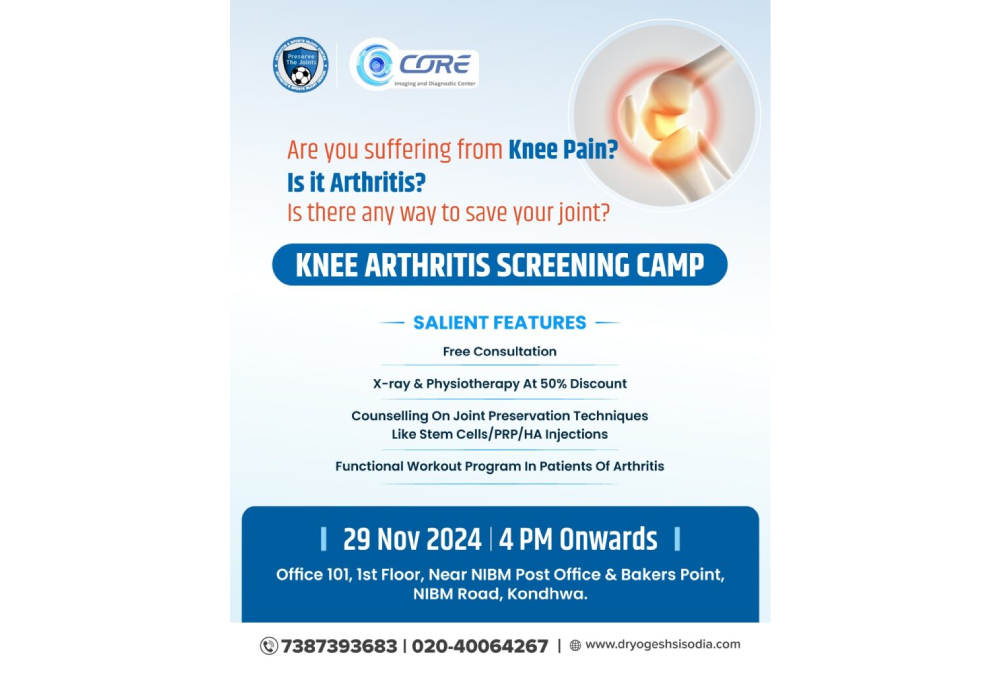Recovery After Total Knee Replacement
Recovery After Total Knee Replacement: A Journey to Renewed Mobility Request an Appointment Overview Symptoms & Causes Doctors & Departments Overview Recovery After Total Knee Replacement: A Journey to Renewed Mobility Total knee replacement (TKR) is a transformative procedure for individuals suffering from severe knee arthritis or injury, aiming to alleviate pain and restore function. While the surgery itself is a significant milestone, the recovery process is equally crucial in achieving optimal results. This blog outlines the stages of recovery after TKR and offers tips for a successful journey back to mobility. Understanding the Recovery Timeline 1. Immediate Post-Operative Phase (1-2 Weeks): Hospital Stay: Most patients spend 1-3 days in the hospital post-surgery. Focus is on managing pain, beginning physical therapy, and regaining basic mobility. Pain Management: Utilize prescribed pain medications and ice therapy to manage discomfort and swelling. Initial Mobility: Physical therapists will guide you in using crutches or a walker, emphasizing safe movement and weight-bearing as tolerated. 2. Early Recovery Phase (2-6 Weeks): Physical Therapy: Regular physical therapy sessions are essential. Exercises will focus on improving range of motion (ROM) and strengthening the muscles around the knee. Daily Activities: Gradually increase independence in daily activities, such as dressing and walking short distances. Wound Care and Monitoring: Follow instructions for wound care and monitor for signs of infection. 3. Intermediate Recovery Phase (6-12 Weeks): Increased Activity: Transition to more challenging exercises to enhance strength and flexibility. You may begin using a stationary bike or elliptical machine. Return to Work: Depending on your occupation, a return to work may be possible around this time, particularly for sedentary jobs. Continued Progress: Aim to achieve near-normal knee function and reduce reliance on mobility aids. 4. Long-Term Recovery (3-6 Months and Beyond): Full Activity: Many patients resume most activities, including recreational ones, by 3-6 months. High-impact sports may still be restricted. Ongoing Exercise: Continue a regular exercise regimen to maintain knee health and overall fitness. Final Outcomes: Full recovery and the maximum benefit of the surgery are often realized around 12 months post-operatively. Tips for a Successful Recovery Adherence to Rehabilitation: Follow your physical therapist’s exercise regimen diligently to maximize your recovery. Balanced Diet: Maintain a healthy diet to support healing and maintain a healthy weight, reducing stress on the new knee joint. Home Modifications: Make necessary adjustments to your home, such as installing grab bars and removing tripping hazards, to ensure safety during recovery. Listen to Your Body: Pay attention to your body’s signals. Rest when needed and avoid overexertion to prevent setbacks. Regular Follow-Ups: o Keep all scheduled appointments with your healthcare provider to monitor progress and address any complications early. Conclusion Recovery after a total knee replacement is a gradual process that requires patience, dedication, and active participation in rehabilitation. By understanding the recovery phases and committing to a comprehensive care plan, patients can look forward to a significant reduction in pain and a return to an active lifestyle. Always consult with your healthcare team for personalized advice and guidance throughout your recovery journey. Request an appointment









